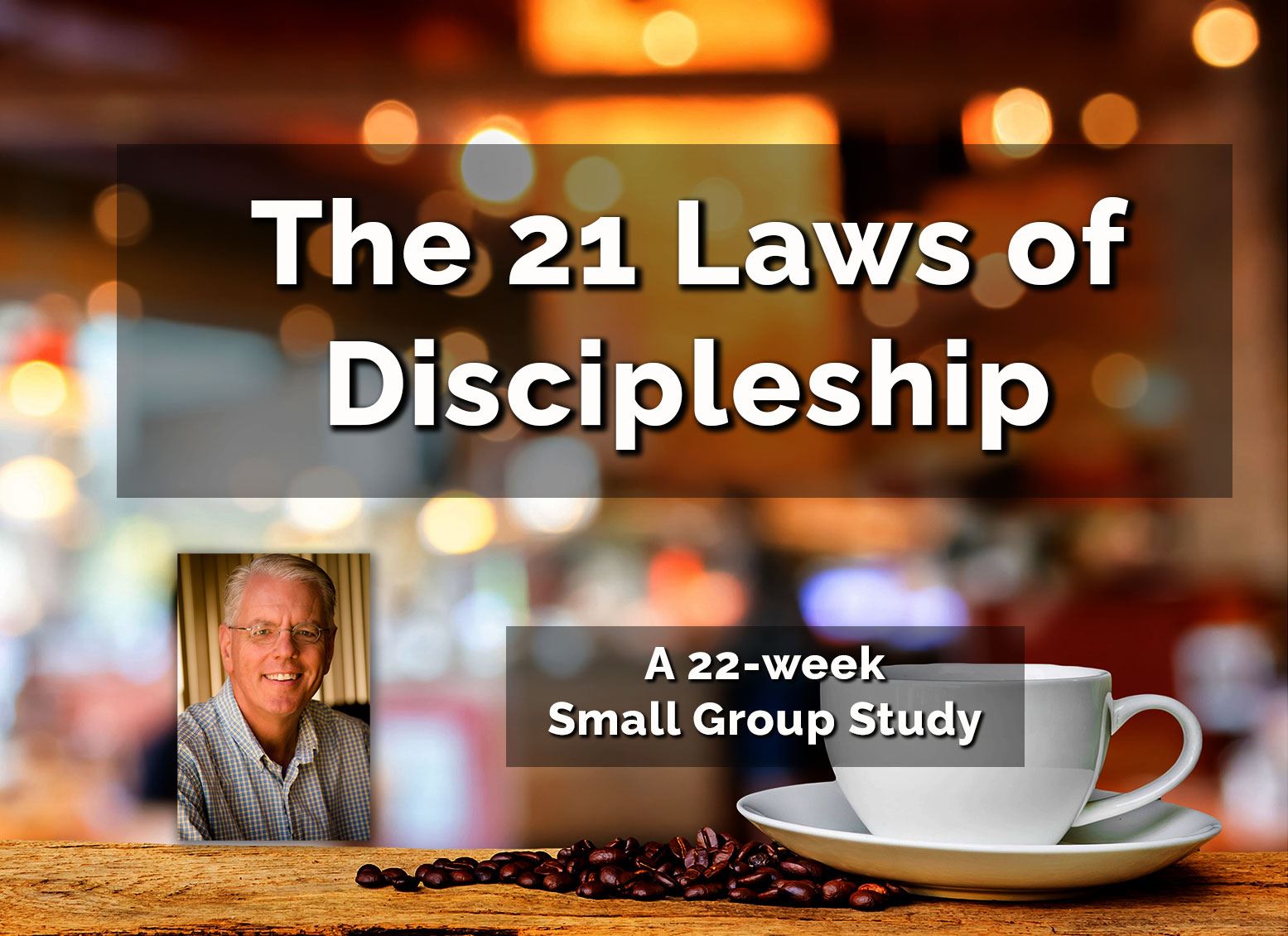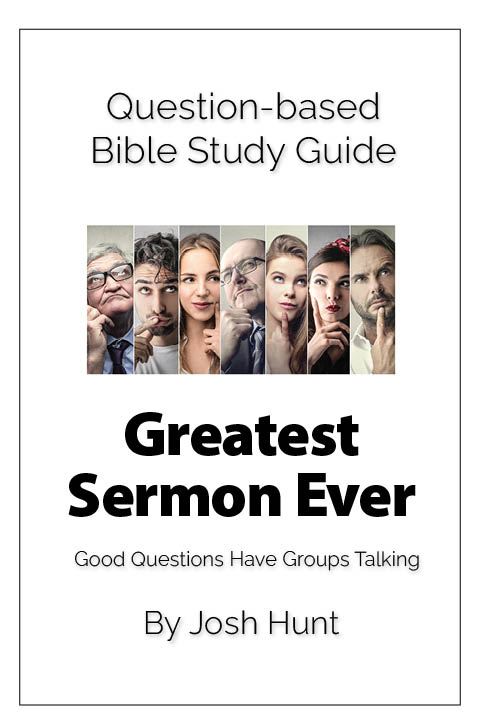Matthew demonstrates that Jesus of Nazareth is the long-awaited Messiah, the king of Israel, who fulfills the Old Testament promises yet turns the expectation of his contemporaries on its head. The Gospel of Matthew shows how both Jewish and non-Jewish people fit together in God’s unfolding Kingdom. It challenges the reader to live with total commitment to Jesus Christ as king. SETTINGMatthew wrote his Gospel when the early Christian community was at a crossroads. Would it remain a sect of Judaism or separate itself from Judaism and become a separate faith? Matthew’s Gospel derives from a Christian community near Jerusalem, surrounded by Jews who had not left their Jewish faith. This community, unlike the Christians of Paul’s churches, had to answer socially to the stipulations of Jewish law on a daily basis. The Christians reading Matthew’s Gospel were challenged to live as Jewish Christians among Jews who were fully committed to the Torah. The letter from James similarly evokes a Christianity that is still firmly attached to the synagogue (Jas 2:1–13). It uses categories so typical of Judaism that one is unsure if it is Christianity or Judaism (Jas 1:26–27; 2:14–26) as it presents its own vision of Christianity in terms of wisdom and obedience (Jas 3:13–18; 4:1–12). Here is a Jewish Christianity that remains as firm in its commitment to the Jewish community as to its glorious Lord (cp. Acts 15). Key Places in the Gospel of Matthew. Jesus was born in BETHLEHEM (1:18–25), grew up in NAZARETH (2:19–23), began his ministry in GALILEE (4:12–17), and died in JERUSALEM (26:36–27:66). At the time of Jesus’ birth, Herod the Great ruled as king of GALILEE, SAMARIA, JUDEA, IDUMEA, PEREA, the part of DECAPOLIS encompassing HIPPUS and GADARA, and the regions NE of the SEA OF GALILEE (borders shown). Upon Herod’s death in 4 BC, his kingdom was divided among his sons: Antipas became tetrarch of GALILEE and PEREA; Archelaus became ethnarch of Judea (see 2:22); and Philip became tetrarch of the regions NE of the Sea of Galilee. When Archelaus died in AD 6, Judea began to be ruled by Roman governors (prefects), including Pontius Pilate (AD 26–36), until the kingship of Herod Agrippa I (AD 37–44), who acquired all the territory that his grandfather Herod the Great had held. Matthew’s Gospel tells how the life of Jesus affected Jewish Christians who were struggling with ritual, legal, social, and political concerns. For those early Christians, Matthew answered the pressing question, “How are we to follow Jesus in our day, surrounded as we are by Judaism, while seeking to declare the Good News of the Kingdom to all?” SUMMARYMatthew’s story follows Jesus from before his birth until after his death and resurrection. Jesus experiences a series of potential dangers as a child (2:1–23). As an adult, he embarks on a very short career, proclaiming God’s righteousness (5:1–7:29) and performing astounding miracles (8:1–9:34); he broadens his reach by sending out twelve apostles (9:35–11:1). Most of Jesus’ experience, however, is utter rejection at the hands of Galilean and Judean Jews (chs 11–17). He confronts the Jewish leaders in the Temple during his last week (chs 21–22), announces a final series of woes against authority figures who lead people astray (ch 23), and predicts that God will judge and destroy Jerusalem (chs 24–25). Jesus is arrested, tried, and executed by crucifixion (chs 26–27) for opposing the Jewish leaders and challenging the status quo. Then he is vindicated by his resurrection and gives the great commission to his disciples, to make disciples of all the nations (ch 28). Matthew shapes his Gospel according to two structural principles. First, following an introduction (chs 1–4), Matthew alternates teaching material with narrative material. Thus, we have discourse and teaching in chs 5–7, 10, 13, 18, 23–25; and we have narrative in chs 8–9, 11–12, 14–17, 19–22, 26–28. Second, Matthew records Jesus’ confrontation of Israel with God’s message about the arrival of his Kingdom in the last days (4:12–11:1; see 4:17), followed by the responses this message evoked from various people (11:2–20:34). Matthew then tells of Jesus Christ’s death and resurrection (21:1–28:20) for the salvation of humankind. New Living Translation Study Bible (Carol Stream, IL: Tyndale House Publishers, Inc., 2008), Mt. If you are wanting to do a particular passage or book study and can't find it, feel free to email me at josh@joshhunt.com21 Laws of Discipleship -- the book -- |


















